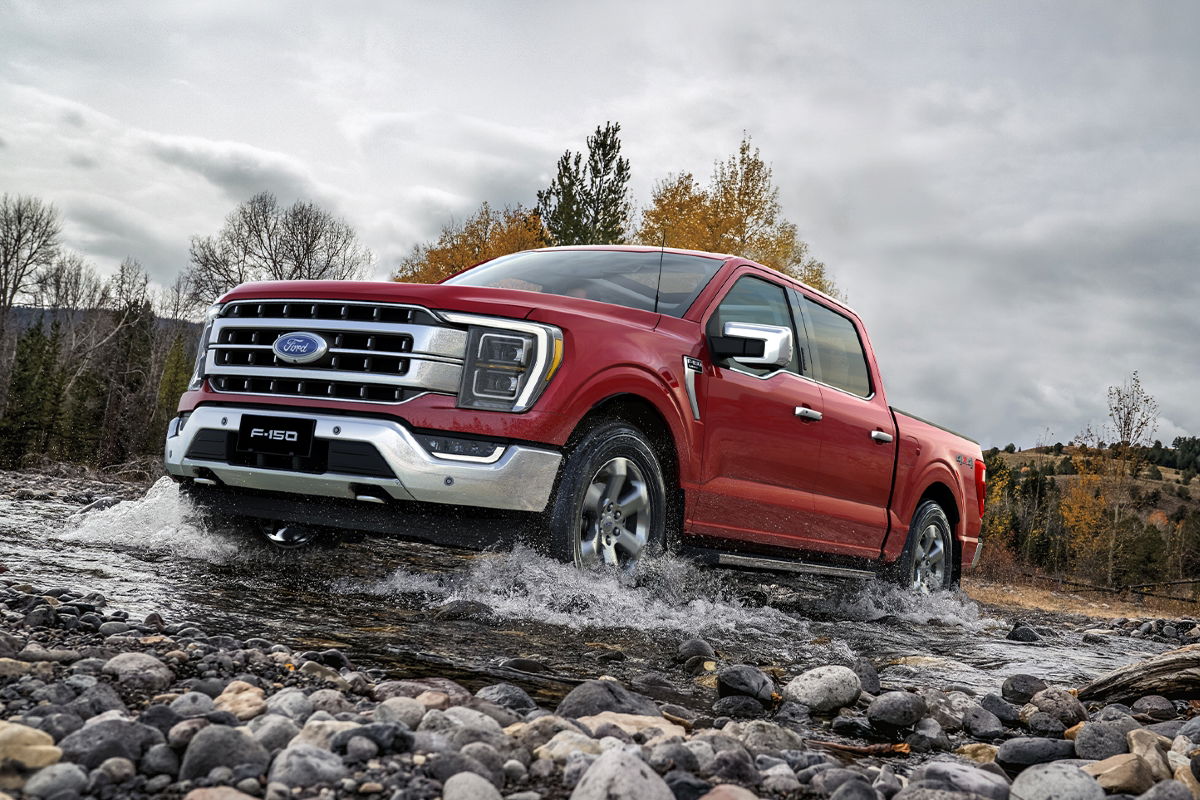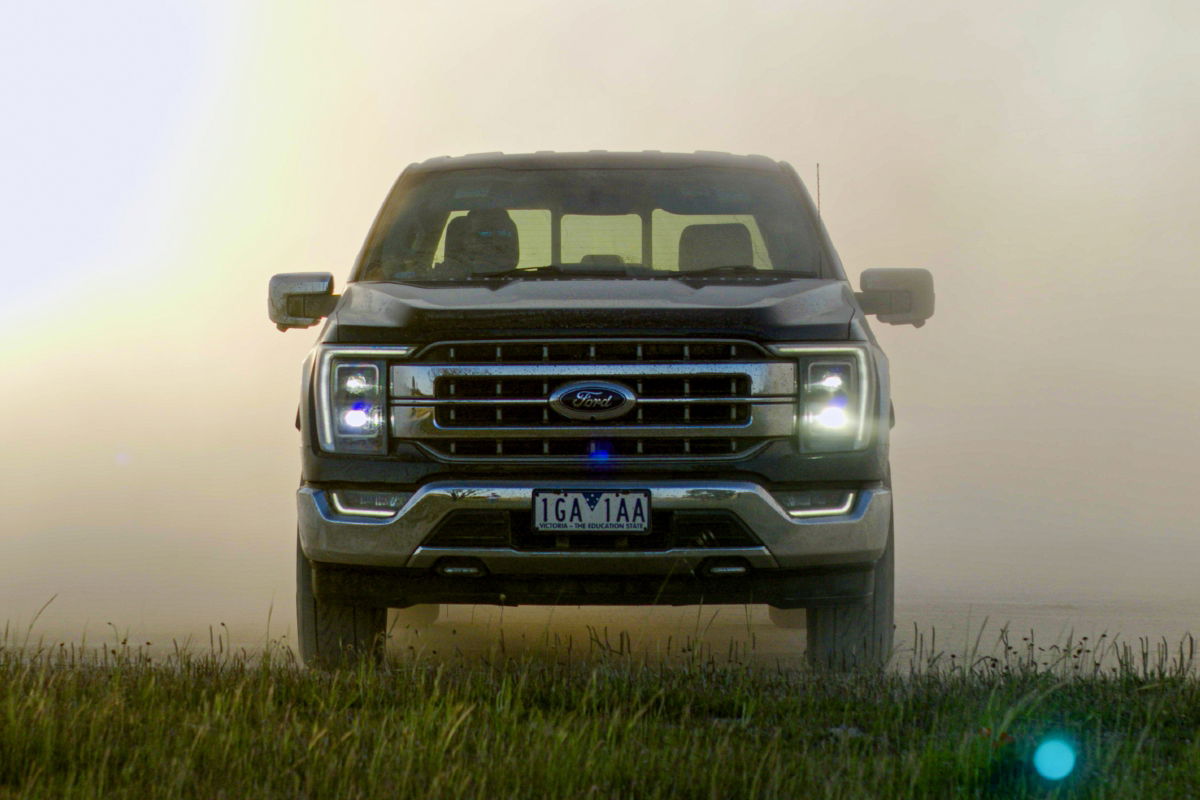
I know what you’re thinking? ‘What the heck is this idiot talking about?! How is a Ford F-150 in any way, shape or form comparable to an electric car?’
Well, on the surface there doesn’t appear to be many similarities, and certainly in a philosophical sense they are diametrically opposed (except for the all-electric F-150 Lightning, of course). But in a practical, real-world sense, there was a surprising connection between the two very different vehicle types.
You have to plan ahead.
At least initially, there’s simply no way you can swap whatever your existing car is (unless it’s a Chevrolet Silverado or Ram 1500… or a truck) and expect the F-150 to do everything the same. It is physically so large you need to plan ahead and think about where you plan to go, where you plan to park and will the F-150 fit. Which is similar to the initial experience of owning an electric car, you will spend the first few weeks getting accustomed to how far you can go on a charge, where you can publicly plug in, how long it takes to charge, etc.
READ MORE: Super-sized ute – We drive the Ford F-150 across America
Put simply, Australia isn’t designed for American pickup trucks like the F-150, Silverado and Ram. Our roads are too narrow, our parking lots too small and parking space too short. These are designed to be hard-working rural vehicles, and if you’ve ever been to the American Midwest at least every second vehicle on the road is a pickup, because the roads are wider, the parking lots flatter and the parking spaces are longer.

The Ford F-150 makes sense in the Midwest of the USA, but doesn’t make quite so much sense here. But that’s not to mean the F-150 is a bad choice and has no place in Australia, on the contrary I can see it would have immense appeal to a certain audience.
For starters, the buyer of an F-150 will need to have quite a bit of money. The local range, which consists of the XLT and Lariat grades with the choice of short- and long-wheelbase (and thus longer trays), starts at $106,950 for the XLT SWB and stretches to $140,945 for the Lariat LWB.
READ MORE: We drive Ford’s all-electric F-150 Lightning
If you can afford it, you probably next need to ask yourself if you really need it, because the F-150 is only a significant upgrade over the Ranger in towing capacity. In terms of payload, the F-150 can only have a relatively modest 685kg to 794kg in the tray (depending on model grade), which isn’t an improvement on the Ranger.

In terms of space, the option to have a 6.5-foot tray is likely to appeal to those who need to carry bulkier items on a regular basis.
But it’s the towing capability where the F-150 shines, with up to 4500kg of pulling strength, which is an extra tonne on the Ranger. All Australian examples come with a specially designed towbar, tow hitch and 12-pin connector, so it’s clear where Ford sees the best opportunity.
In that regard it makes a lot of sense, with 678Nm of torque, the F-150 should make light work of heavy loads, which is an important aspect for many modern buyers looking to pull a large caravan or big boat. The decision to skip the V8 and opt for 3.5-litre twin-turbo V6 instead was questioned by many critics, but when you experience this 298kW engine (and consider the V8 has 123Nm less torque) you shouldn’t doubt Ford’s choice.
Not that the F-150 is a one-trick pony. Once you’re comfortable with its size you will enjoy a ute that has huge space inside, rides well enough for an unladen ute and has commanding road presence.

It’s inside where you notice the work done by Ford Australia’s conversion partner, RMA Automotive. The Melbourne-based operation spends three days converting each F-150, adding approximately 500 new parts and the result is a fit and finish on par with the factory-produced left-hand drive models. The only glaring sign that the F-150 wasn’t originally intended to be right-hand drive is the keypad on the passenger side door, which is meant to allow keyless entry to the car. Seemingly it was an expense too far for the conversion process, but it’s not a deal breaker.
What may be a deal breaker for some are the multiple recalls that Ford has had to issue for these locally-converted F-150. There have been issues have been anything-but-minor, with potential steering defects and the accidental deployment of an airbag. Ford and RMA will need to get these problems sorted out if the reputation of the Aussie version of the F-150 isn’t to be tarnished in the long-term.
That, not insignificant caution aside, overall the F-150 is an impressive addition to the Ford Australia line-up, but it’s best left for those looking to tow large items. Or at least those comfortable with their spatial awareness and their ability to navigate Australian roads and car parks in such a behemoth.














Discussion about this post